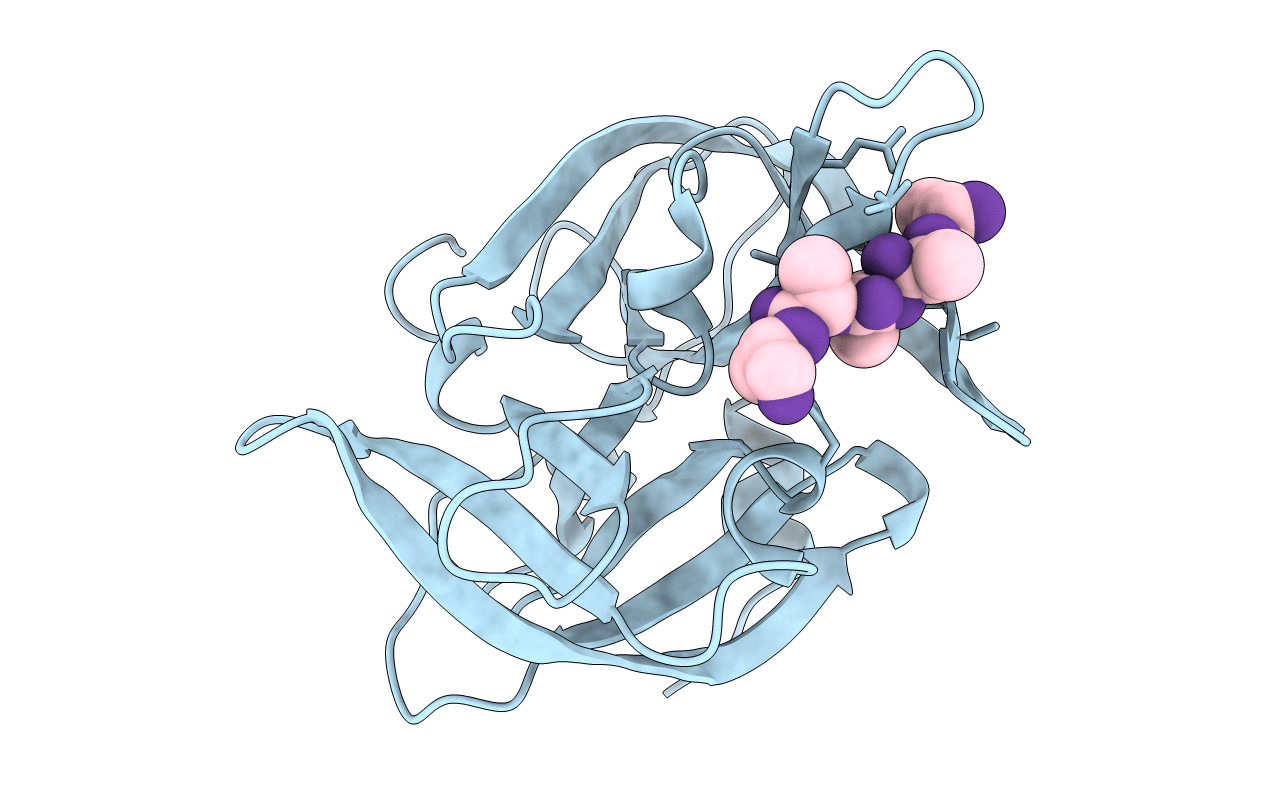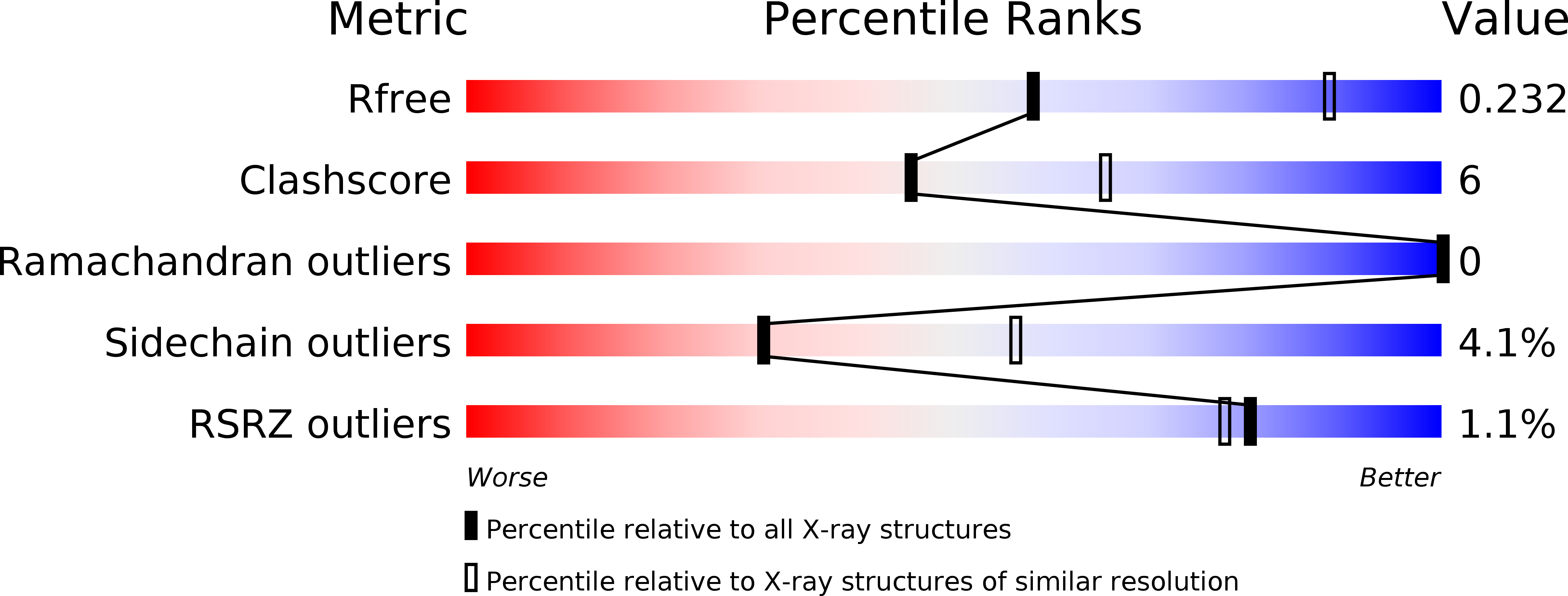
Deposition Date
2016-01-15
Release Date
2016-03-23
Last Version Date
2024-11-06
Entry Detail
PDB ID:
5HM9
Keywords:
Title:
Crystal structure of MamO protease domain from Magnetospirillum magneticum (apo form)
Biological Source:
Source Organism:
Magnetospirillum magneticum AMB-1 (Taxon ID: 342108)
Host Organism:
Method Details:
Experimental Method:
Resolution:
2.60 Å
R-Value Free:
0.23
R-Value Work:
0.20
R-Value Observed:
0.20
Space Group:
P 4 3 2


